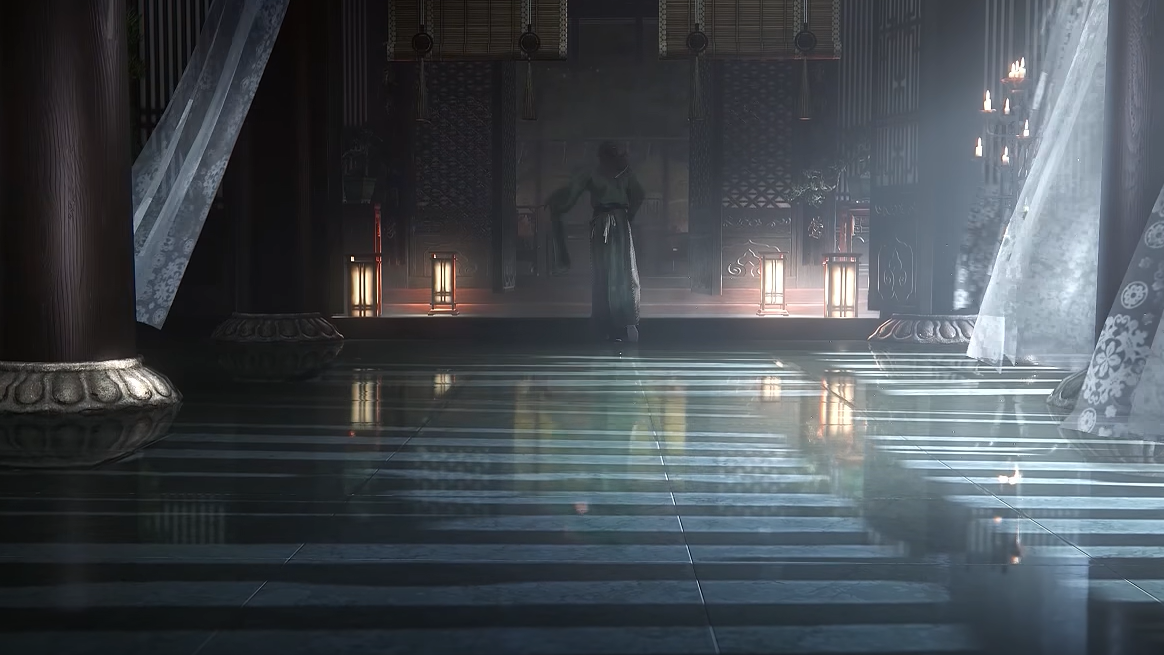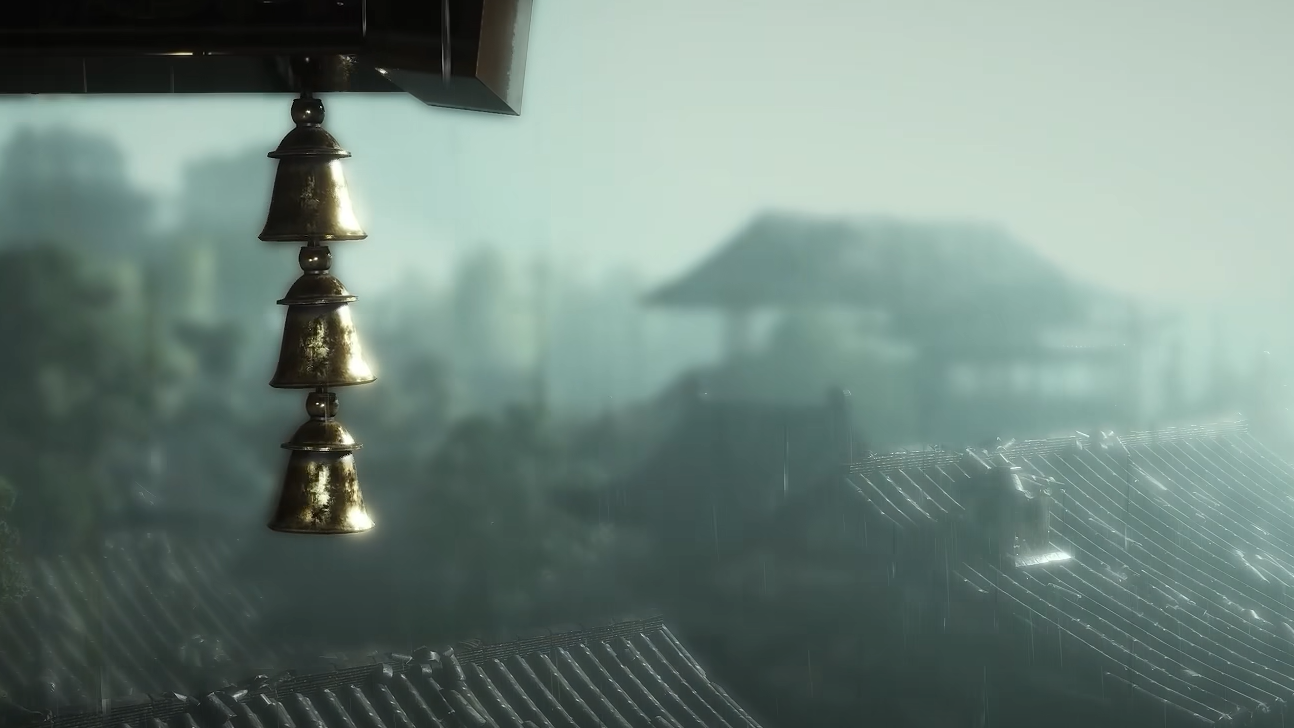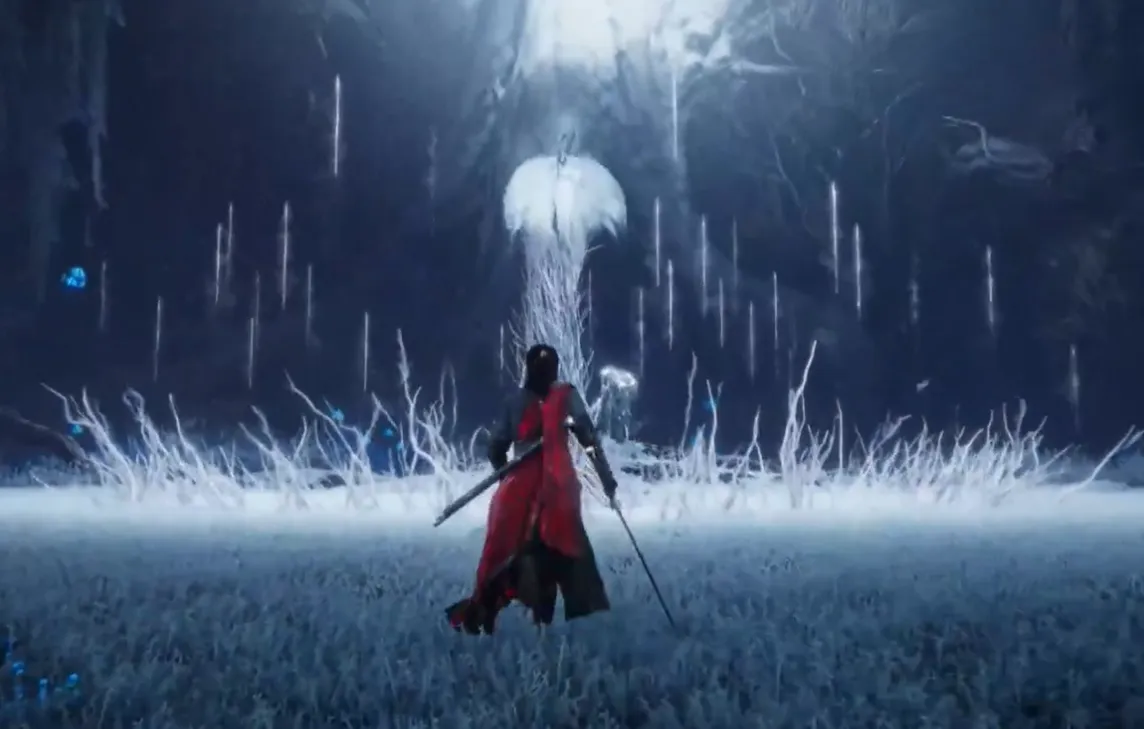The healer path in Where Winds Meet turns classical wuxia medicine into a full career, complete with its own card battles, upgrade menus, and open-world encounters with sick NPCs. Instead of just drinking potions, you diagnose illnesses, manage a small “deck” of prescriptions, and earn progression materials by curing everything from broken bones to strange toxins.
Healer career: How to unlock it
The healer career doesn’t unlock at the very start of the game. You need to level your character first and then complete a short questline that introduces diagnosis and treatment.
| Requirement | Details |
|---|---|
| Character level | Reach level 13 before the healer career becomes available. |
| Starting town | Travel to Mercyheart Town, where the healer path begins. |
| Key NPC | Speak with Mu Ji’an in Mercyheart Town to start the healer initiation quest. |
| Herb gathering | Collect three Nightshade plants from a nearby marked area. |
| First medicine | Craft Hemostatic Powder using the Brew Medicine tab in the inventory’s crafting screen, then deliver it to Mu Ji’an. |
| First diagnosis | Use Wind Sense on the wounded man next to Mu Ji’an and start your first healing “battle.” |
| Treatment tutorial | Lower the patient’s Affliction Severity to 0 within the turn limit while preserving your own Vital Energy. |
That first patient is poisoned, and the game uses this encounter to introduce the basic rules for diagnosis, card play, and resource limits. Once you complete it, the healer career becomes part of your long-term progression, and you can begin curing NPCs elsewhere in the world.

Healer curing system: cards, Affliction Severity, and Vital Energy
Healing in Where Winds Meet plays out like a turn-based duel, but the opponent is an illness instead of a person. Each session is framed around a few core concepts:
| Concept | What it does | Why it matters |
|---|---|---|
| Affliction Severity | A numeric value representing how severe the illness is. | You must reduce this to 0 within the allowed turns to cure the patient. |
| Vital Energy | Your own health/resource during the healing session. | If Vital Energy is depleted, the treatment attempt fails. |
| Fieryheart | A small pool of points you spend to cast cards each turn. | Each card has a Fieryheart cost; you can only play cards up to your Fieryheart total that round. |
| Prescription cards | Cards that either damage the Affliction Severity or shield your Vital Energy. | You build and upgrade these prescriptions in the healer menus and use them during sessions. |
| Illness eruptions | Telegraphed spikes in the illness’s activity, shown next to the Attack icon. | These deal damage to Vital Energy; you typically respond by playing defensive cards. |
| Turn limit | A fixed number of rounds per treatment (10 in the initial quest). | Forces you to balance aggressive treatment and self-protection rather than turtling indefinitely. |
Each turn, you look at what the illness will do next, then decide how much Fieryheart to spend on reducing severity and how much to spend shielding yourself. Some encounters will be straightforward, while others hide the true illness until your diagnostic ability is high enough to reveal it.
Healer Healing encounters: open-world curing tasks
Once the healer career is unlocked, sick people and animals across the world become opportunities for both roleplay and progression. These activities are labeled as “Healer Healing” and function like small dynamic events: you spot an afflicted NPC, check whether your healer mastery is sufficient, and then carry out a diagnosis and treatment session.
In the Qinghe region, these encounters cover a wide set of conditions: broken bones, dislocations, blood dysentery, erysipelas, wind-damp syndromes, water-based toxins, and even simple headaches. Each case specifies a recommended healer mastery score, so it’s clear when you are underleveled for a given patient.
| Example patient (Qinghe) | Illness | Recommended Healer Mastery | Key rewards |
|---|---|---|---|
| Old Man Tie | Broken Bone | 1,900 | Memories, Career Notebooks, Treasure Coins, Qinghe Exploration points, Character EXP, Zhou Coins |
| Mao Da | Blood Dysentery | 3,200 | Same core reward set as other Healer Healings |
| Wine Elder | Wind-Damp Bi Syndrome | 1,900 | Same core reward set as other Healer Healings |
| He Quniang | Water Gu (Fluid Accumulation Toxin) | 3,900 | Same core reward set as other Healer Healings |
| Xie Weizu | Erysipelas | 3,900 | Same core reward set as other Healer Healings |
| Wen Jun | Headache | 4,100 (listed as Healing Mastery) | Same core reward set as other Healer Healings |
Across Qinghe, the payouts follow a consistent pattern: each successful healing delivers Memories, Career Notebooks (for career upgrades), Treasure Coins, exploration points specific to Qinghe, standard character experience, and Zhou Coins. Instead of one-off side quests, Healer Healings sit in the same ecosystem as other “Sentient Beings” activities such as Archery Contests, Fishing Contests, and Martial Fellowships.
Additional Healer Healing locations exist outside Qinghe, such as in Kaifeng, though some regions are still being catalogued and may have incomplete lists of patients and illnesses.
How to start a Healer Healing encounter
On the ground, the flow for healing an NPC is simple and repeats across regions.
| Step | Action | Outcome |
|---|---|---|
| 1. Approach the patient | Walk up to any sick person or animal marked for Healer Healing and interact with them. | The game checks your healer mastery and confirms whether you’re capable of an attempt. |
| 2. Determine the illness | Start the diagnosis phase and choose the condition that best matches the symptoms. | Selecting the correct illness is required to proceed to treatment. |
| 3. Start treatment | Enter the card-based healing session once the illness is identified. | You see Affliction Severity, your Vital Energy, and your prescription cards. |
| 4. Respond to symptom outbreaks | Watch the illness’s upcoming actions; use prescriptions that either reduce Affliction Severity or shield your Vital Energy, depending on what is telegraphed. | Properly timed shields stop eruptions from draining your Vital Energy. |
| 5. Win condition | Reduce Affliction Severity to 0 before the turn limit expires while keeping Vital Energy above 0. | The patient is cured, and you gain healing rewards and mastery progression. |
These encounters scale up in complexity as more illnesses appear and as you start dealing with conditions that hide behind low diagnostic skill. Higher-tier cures demand upgraded prescription cards and a stronger healer career.
Healer Career Menu: where you upgrade, craft, and build decks
All of the curing work in the field is backed by a dedicated Healer Career Menu. It lives under the broader Careers Menu and is where you track mastery, upgrade your prescriptions, and craft medicine.
| Menu section | What it shows or does | Why you use it |
|---|---|---|
| Healer’s Upgrade tab | Displays healer level, tier, mastery level, and healing-related attributes. | Spend Career Notebooks to raise your healer career level and unlock better stats. |
| Healer search function | Lets you look up other healers in the world and advertise your own services. | Useful for coordinating with other players when you need healing or want to offer treatment. |
| Prescription Upgrade | Consumes Prescription items obtained from the Activity shop to level up cards. | Higher-level prescriptions hit harder or protect more, making tough illnesses manageable. |
| Prescription Settings | Deck-building screen for Physiotherapy and Qi Therapy sessions. | Choose which cards will appear in your healing battles and tailor decks to specific roles. |
| Medicine tab | Crafts medicines that are used in regular combat rather than in the card mini-game. | As your healer career advances, more powerful concoctions are unlocked for use in fights. |
Career Notebooks, earned through healer quests and Healer Healing encounters, are the main currency for raising healer rank. Prescription items from the Activity shop are the main driver for making your cards better. Together, those two resource flows define how quickly you can move from curing simple broken bones to handling multi-layered poisons and rare syndromes.
There is one significant limitation: healers cannot use their own career to treat themselves. Injuries and illnesses on your character must be handled elsewhere, such as at an Evercare Clinic or by visiting the hot springs at Springwave Pavilion.
How healer fits into weapons and solo play
Healing in Where Winds Meet is more than a side mini-game. It ties directly into how some weapons play, especially the fan and umbrella, which each have healing-oriented and damage-oriented “schools.” Players who want to commit to a healer identity in co-op still need to think about how they will handle solo content and bosses.
The main tension is simple: pure healing builds are strong in support but slow in solo damage. That leads to a few common patterns:
| Approach | What you level | Impact on solo and co-op |
|---|---|---|
| Hybrid healer | One DPS weapon path plus a healing-focused fan. | Maintains solid boss damage alone while having strong active heals and revives in multiplayer. |
| Double support weapons | Healing fan and buff-heavy umbrella first. | Maximizes support throughput but slows down solo progression due to weak damage. |
| Ranged healer-DPS | DPS umbrella build plus healing fan. | Plays as ranged DPS with access to support tools, useful if you prefer distance and team utility. |
Every martial weapon in the game has two schools, and the fan and umbrella are no exception. Choosing the DPS school for one weapon and the healing school for another makes the healer career much less punishing in solo play while still letting you fill a support slot in co-op.
There is also a broader question about whether dedicated healers will be required in difficult group fights, especially in the context of bosses that apply heavy penalties to incoming healing. The game provides strong self-healing consumables, so some groups may lean on those instead of a traditional party healer in certain scenarios.

Careers and multi-occupation play
Healer sits alongside other careers, such as merchant and scholar. Careers are treated as separate paths rather than mutually exclusive choices. You can take on healer while also advancing in other occupations like trading or scholarship, with each career having its own menus, mastery tracks, and questlines.
That structure makes healer less of a permanent class decision and more of a role you can grow into over time. You can focus on curing illnesses and running Healer Healings for a while, then shift attention to another occupation without losing your progress as a doctor.
Healer in Where Winds Meet is not just a passive stat bonus. It is a fully realized career with its own minigame, world content, and progression loop. You diagnose patients, juggle card economy against incoming symptom eruptions, and collect mastery materials by walking the Jianghu as a wandering doctor. For players who like support roles, it offers a detailed system to dig into; for everyone else, it quietly powers the medicines and cures that keep the broader world alive.


